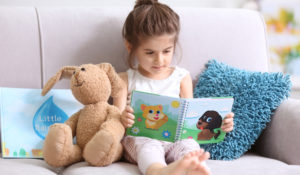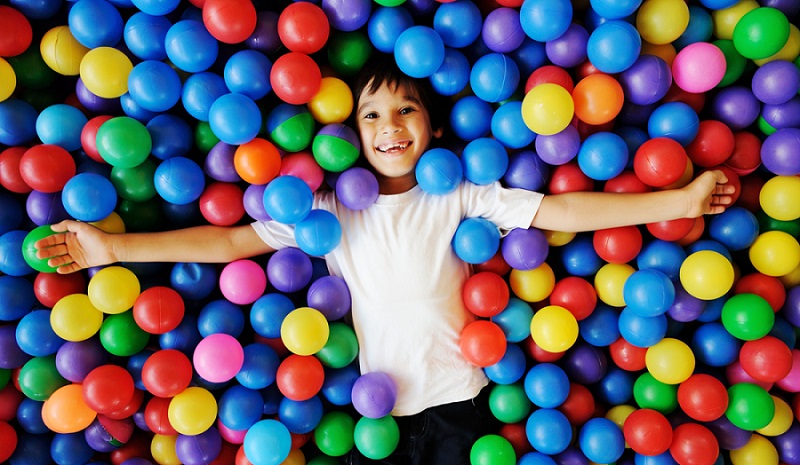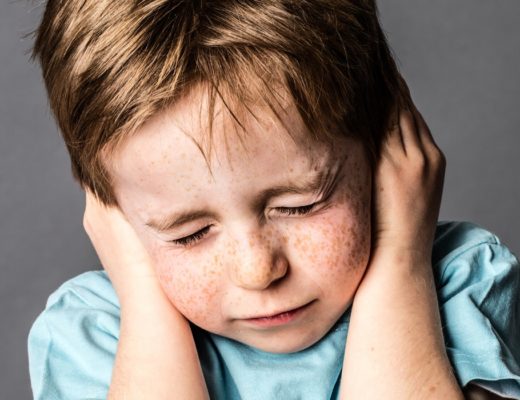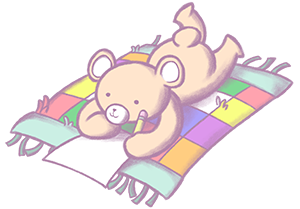By Janis D. Gioia, MAEd
Anxious children need soothing rituals.
They need things to be constant, predictable.
Especially children with autism spectrum disorders.
Like a sunrise or a rainbow after a summer storm, soothing rituals are beautiful, special and sacred.
Soothing rituals are a moment in time where you give your child the gifts of peace and tranquility that their anxious minds and bodies need.
In my last post I talked about ways to use aromatherapy throughout the day.
The difference between the suggestions in that article and this post is that this post discusses combining aromatherapy with other calming techniques and relaxation products to give children predictable moments of peace that they can expect.
Expectation is the key.
When soothing rituals become a habit, children can look forward to experiencing periods of calm.
Rituals are physical actions that give your child mental cues that it is time to quiet their bodies and calm their minds.
These cues the help your child’s brain increase serotonin, the feel-good chemical that helps them relax.
These breaks from anxiety and negative feelings result in better mental health which has positive repercussions in every aspect of a child’s life.
So how do you determine when to use a soothing ritual, and what should it be?
Determine areas where your child struggles with anxiety or self-regulation.
Here are some common areas where your child might struggle:
~Getting up in the morning
~Going to bed or staying in bed at night
~Transitioning between activities or from being away to coming back home
~Taking a bath
~Settling down to do homework
~Riding in the car
These are just a few. Your child may have other triggers that cause anxiety or off-task behaviors.
Notice what activities or resources calm your child.
~Listening to music on headphones
~Squeezing a therapy dough product
~Reading a book in a cozy nook
~Cuddling under a weighted lap pad or blanket
~Rocking on a rocking chair
~Getting a gentle massage
Knowing what areas your child struggles with and the activities or resources that calm them give you an idea of when you need a ritual and what elements to include.
The trick in making soothing rituals soothing, and not overwhelming, is to include enough sensory elements to calm your child but not so many that they become overstimulated.
Here are some examples of soothing rituals. Remember, these are just examples of rituals you can create.
If your child likes aromatherapy, by all means include essential oils in your rituals.
Mornings:
Some children perpetually wake up on the wrong side of the bed. Their misery becomes your misery. It’s not good for children or parents to start the day with frustration, anger and anxiety.
Aromatherapy suggestion:
Diffuse Orange or Citrus oils in your child’s room or bathroom as a soothing wake-up cue. Orange or citrus oil blends (orange, lemon grapefruit often mixed with vanilla) have a relaxing yet energizing effect. Citrus oils are known to encourage feelings of positivity and well-being.
Morning Massage or Cuddles:
Some children enjoy being awakened gently with a massage or cuddles. (Some children with Autism Spectrum Disorders do not like touch…remember, you know your child best.)
Music:
Playing a certain song, every morning at the same time, for dressing, or teeth brushing and hair combing, or whatever element of the routine your child struggles with, helps them focus and attend to the task.
Hearing the song cues their brain, “Okay, now it’s time to…get dressed, brush my teeth, etc.)
Reward:
For children who struggle with mornings, allowing a reward, choice activity, a five minute therapy dough break, etc., when they have completed their routines gives them something to look forward to and often helps them attend to tasks like dressing, brushing teeth, sitting down for breakfast, etc.
(Also consider having your child help you organize their clothes the night before, laid out on the floor or dresser, so there is no confusion or fighting about what to wear. This works very well for children with ADD/ADHD.)
Transitions:
Children with autism spectrum disorder especially struggle with transitions. Some common rough spots are often after school or day care/between activities or being away from home.
Aromatherapy suggestion:
When you child arrives home from school or is transitioning from one activity to the other diffuse a favorite oil like Vanilla, Frankincense, Cedarwood, or Douglas Fir (crisp, clean and refreshing).
The scent acts as a cue letting the child know, “Play time is over, now I will start my homework.” Or “Now that I am back from day care I will settle into my home routine.”
Products/Resources Suggestions:
This is where your expertise come in…what would help your child relax into this new routine?
Playing with therapy dough? (My favorite: Pinch Me Therapy Dough.)
Chilling in a therapy hammock?
Coloring with a weighted lap pad (possibly one warmed in the microwave?)
Putting on noise cancelling headphones and “decompressing” in a “tent” or special fort.
Bedtime:

Experts in developmental/behavioral pediatrics and sleep specialists agree that the most important routine in a child’s day happens at bedtime.
Children need to take predictable steps to give their brains a signal that it’s time to wind down for bed.
It can be tempting to fudge a bit, allowing a few more minutes of playtime or a favorite cartoon (especially if you are busy folding laundry or packing lunches) but experts say deviating from a predictable routine can make it harder for your child to fall asleep.
Anxiety increases when children are tired, so a soothing bedtime ritual is essential. Tired children aren’t good morning companions, and neither are their parents.
Children who don’t get enough sleep struggle to focus, self-regulate and learn the next day.
Most pediatricians and psychologists say there should be no screen time an hour before bed.
While I tend to agree with this, I know some children whose bedtime routines include listening to guided meditations or relaxation videos.
Use your discretion. There’s a big difference between SpongeBob Squarepants and New Horizon Holistic Centre’s gentle meditation “Bed in the Clouds.”
There are so many ways to create a soothing bedtime routine. You will need to find what works for you and your child.
Here are some ideas:
Aromatherapy suggestion:
Most essential oil vendors have soothing bedtime blends. According to Jeanine Nielsen, a registered aromatherapist in Fort Langley British Columbia, vanilla, lavender and chamomile are perfect for diffusing at bedtime or using as a mist in the bedroom.
Kristin Anderson, a busy mom of two little girls says, “I use a blend of lavender and roman chamomile with an almond oil base to make a sleepy time blend. I rub the oil on their feet and behind their ears before bed.”
Some children like to use an aroma spray to “make monsters go away.”
Additional Ideas:
Keep it Soft: Lighting, voices and sound.
Bath time: Use essential oils, have soothing instrumental music playing on a speaker, and make sure that your child is gently unwinding and not going for gold in the Splash-Olympics.
Guided Meditations: Available in books or online (try New Horizon Holistic Centre or Cory’s Conscious Living.)
Bedtime Yoga or Stretching: Try gentle stretching or children’s yoga poses designed for relaxing bodies.
Progressive Muscle Relaxation: Tensing and relaxing different muscle groups. Download my free guide “Comfort Your Anxious Child Now” for more information.
Storytime: Have books selected in advance and stick to that number. Aim for books with soothing illustrations whenever possible. Chapter books are great read-alouds for older children.
Music: Sing gentle lullabies or stream peaceful instrumental selections.
Pray: This is very personal. Your child might recite formal prayers, express gratitude or bless others or have other ways to nurture his spiritual connection.
Cuddle: Most children enjoy gentle massage or cuddling while snuggled in bed. Consider a weighted blanket if your child likes deep pressure stimulation.
Please Note:
Soothing bedtime rituals are as individual as your child. There are no right or wrong routines. Use the suggestions in this article to inspire your own soothing rituals. You will find one that works for your child.
When you do, write it down so you don’t forget.
For Children with Autism Spectrum Disorders:
Consider making a Social Story or Visual Chart of your bedtime routine.
We’d love to hear the soothing rituals that bring your child peace. Please share them below.

By signing up, you’ll also receive your free guide with 20 ways to comfort your child…mind, body and spirit.







 in Ohio
in Ohio
No Comments